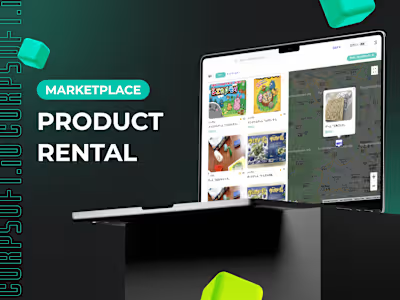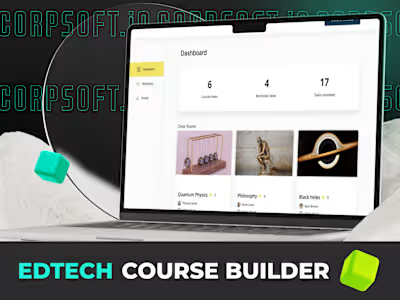Complex catalog website for a large construction company
Start with: MVP catalogue website development
The client is a major enterprise in the construction industry. Their company provides design, engineering, fabrication and industry training. They also work closely with marketing to enable and strengthen the digital presence and improve the digital customer experience.
We’ve been working with this client for more than 2 years. We started with one product development and successfully launched its MVP development after 2 months. By providing more technical value each time, we’ve become a long-standing technical partner. We now cover all of the client’s web and technological needs, one of which was the website redesign and development of the new one.

Stages of a complex web catalogue development on WordPress and transition to Hubspot CMS
The initial version of the website was built using WordPress, but the system couldn’t handle the amount of data and was significantly slowing down while searching and filtering products.
Another issue was that the business ecosystem was not convenient enough for management and marketing. After exploring all the options, risks and possibilities, we came up with a solution to move the website to the HubSpot CMS. And the client agreed.
Overall, we’ve implemented the following features for this website:
developing brand new WordPress plugin to improve the product filtering process;
implementing the SearchWP plugin to enhance both the speed and the quality of the search results;
redesigning and implementing the new website pages according to the HubSpot main theme;
transferring the website to the HubSpot CMS;
integration with Google and HubSpot analytics, as well as Google Search Console, and much more.

Value provided through a complex web catalogue development
The implementation of our project resulted in a doubling of website traffic. The website became more responsive and fast after developing and installing the custom WP plugin, and it no longer slowed down or got stuck when filtering a lot of products. As a result, users pass the customer journey 3-4 times more often to the end-up to repurchase.
Integration with HubSpot CMS made the business ecosystem as usable as possible. It allowed the client to use a set of tools that are much easier for management and analysis. That way, we delivered a solution for work process optimization and saved the company thousands of dollars on monotonous manual work. Furthermore, it increased the content quality on the website and the speed of processing feedback from clients.
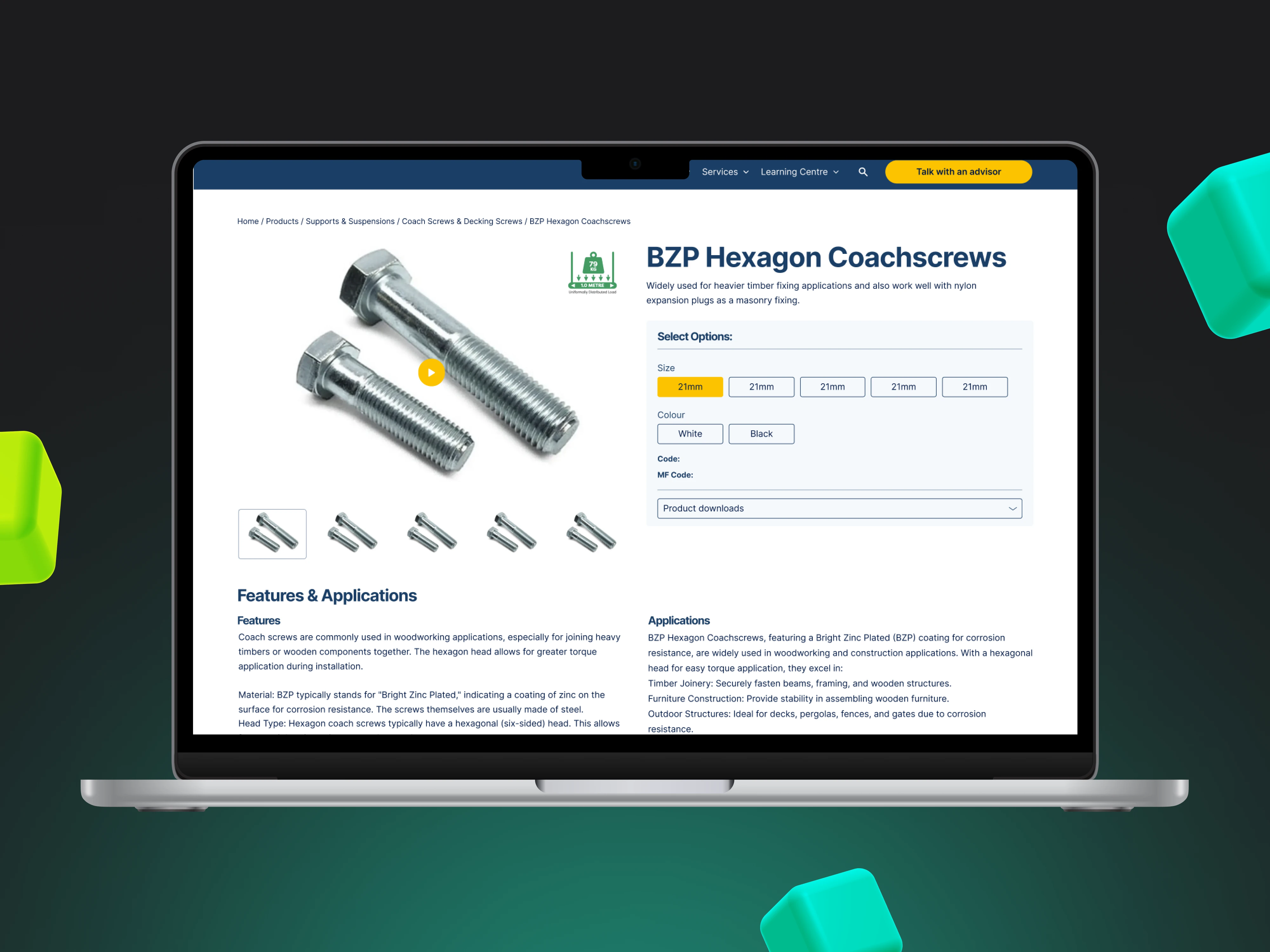
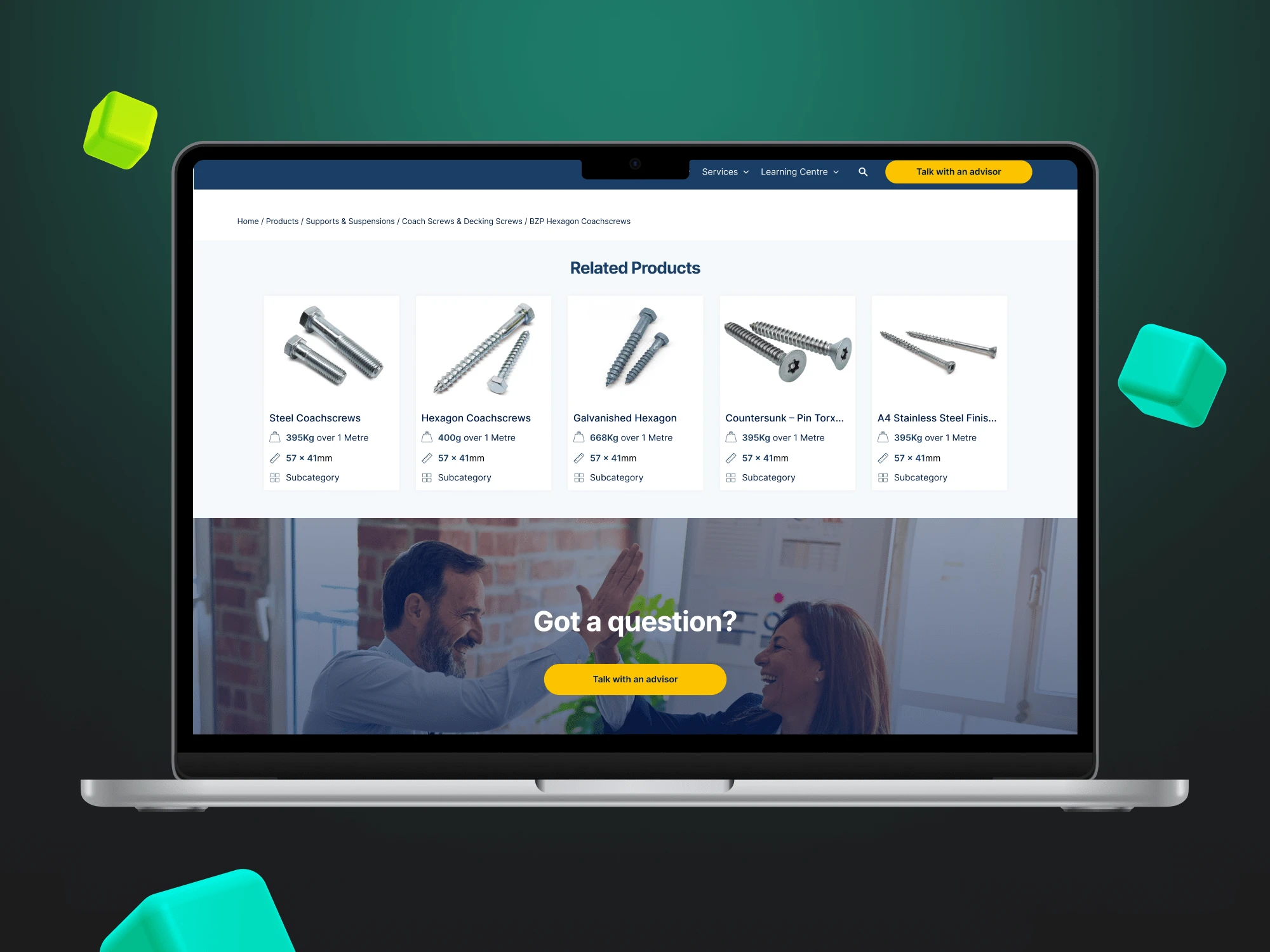
Product key features & challenges of complex web catalogue development
The project was implemented in two phases. In the first phase, the Corpsoft team focused on improving and speeding up the website, particularly during product filtering. The second phase was entirely devoted to moving the website to the HubSpot platform.
The project is full of challenges and exciting tasks that we faced while working on it. These are just a few of the best notable points:
1. A brand new WordPress plugin
WordPress’s basic functionalities couldn’t handle such a large amount of product data, and the originally installed Woocommerce plugin wasn’t either.
As a response, we promptly created a custom WordPress plugin focused exclusively on dealing with a complex data filtering system. This allowed us to substantially speed up the search for products by filter and category while still retaining all of the product information.
2. Additional SearchWP plugin
We implemented the SearchWP plugin in order to enhance both the speed and the quality of the search system on the website. Due to this, the relevancy of the search results was improved, which led to an overall enhancement of the user experience on the website.
3. Develop a new website main theme on HubSpot
The first step in transferring the website to the HubSpot CMS was to redesign the main theme, moving away from WordPress code and visualization.
It took 1 sprint to design new pages, keeping in mind the customers’ purposes and behaviours on each one. Before we started the sprint, we elaborated on the client’s vision and expectations to make sure we are on the same page. By doing so, we closed the sprint with minimal edits, and the client was satisfied with the outcome of the work and communication.
4. Transferring the website to the HubSpot platform
While the redesign sprint was in progress, the engineering team was supposed to explore HubSpot technology. And we succeeded.
After we finished that stage, we started transferring the content from the Hubspot blog and the Learning Center systems and setting up automatic content translation from the WP version of the website to the new one.
We also set up redirects from the old website version so that they wouldn’t lose audiences, connected Google and HubSpot analytics, as well as Google Search Console to engage and analyze traffic.
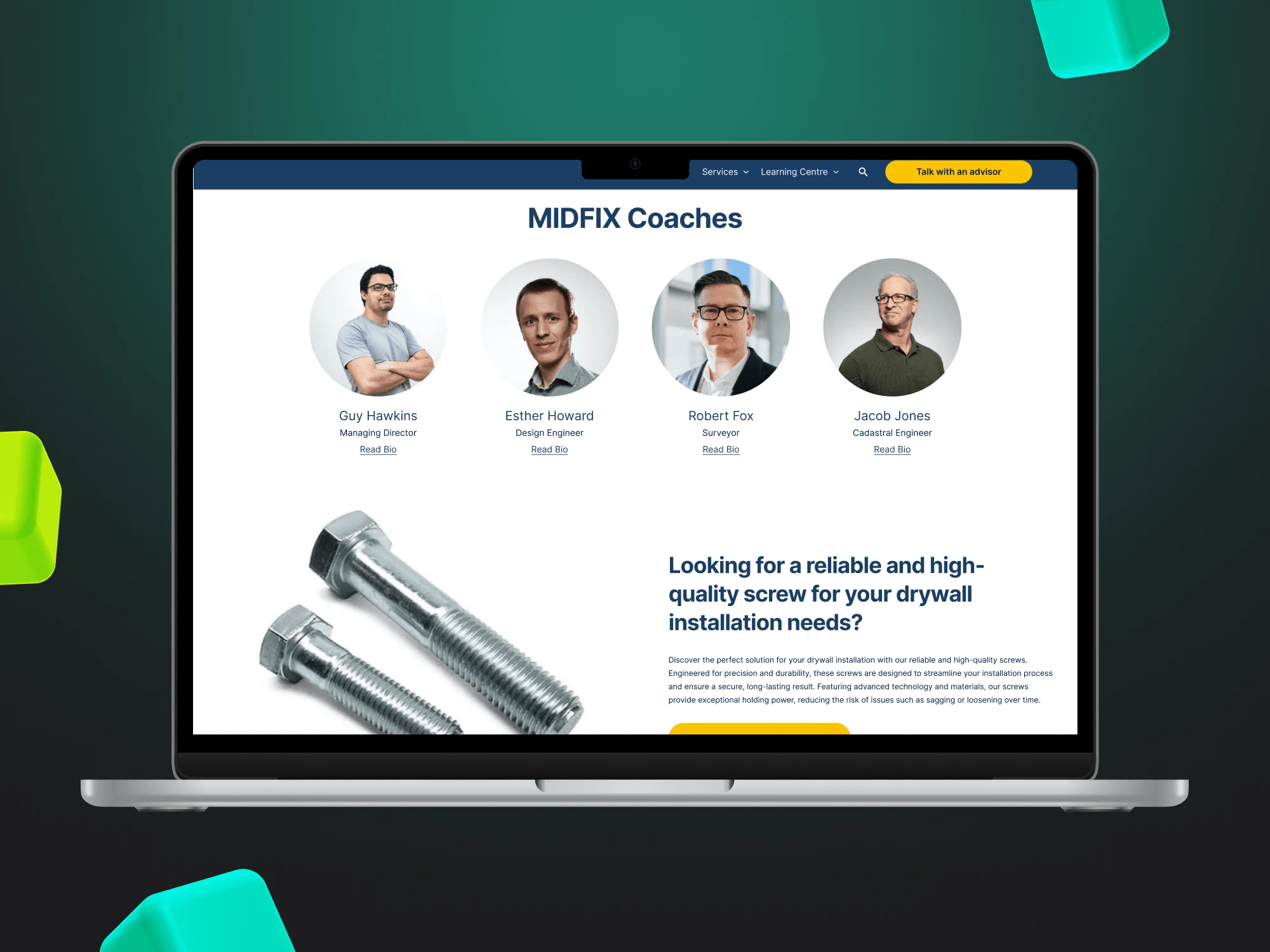
Like this project
Posted Apr 11, 2024
The client is a major enterprise in the construction niche. We started with one product development and successfully launched its MVP after 2 months.
Likes
0
Views
8







